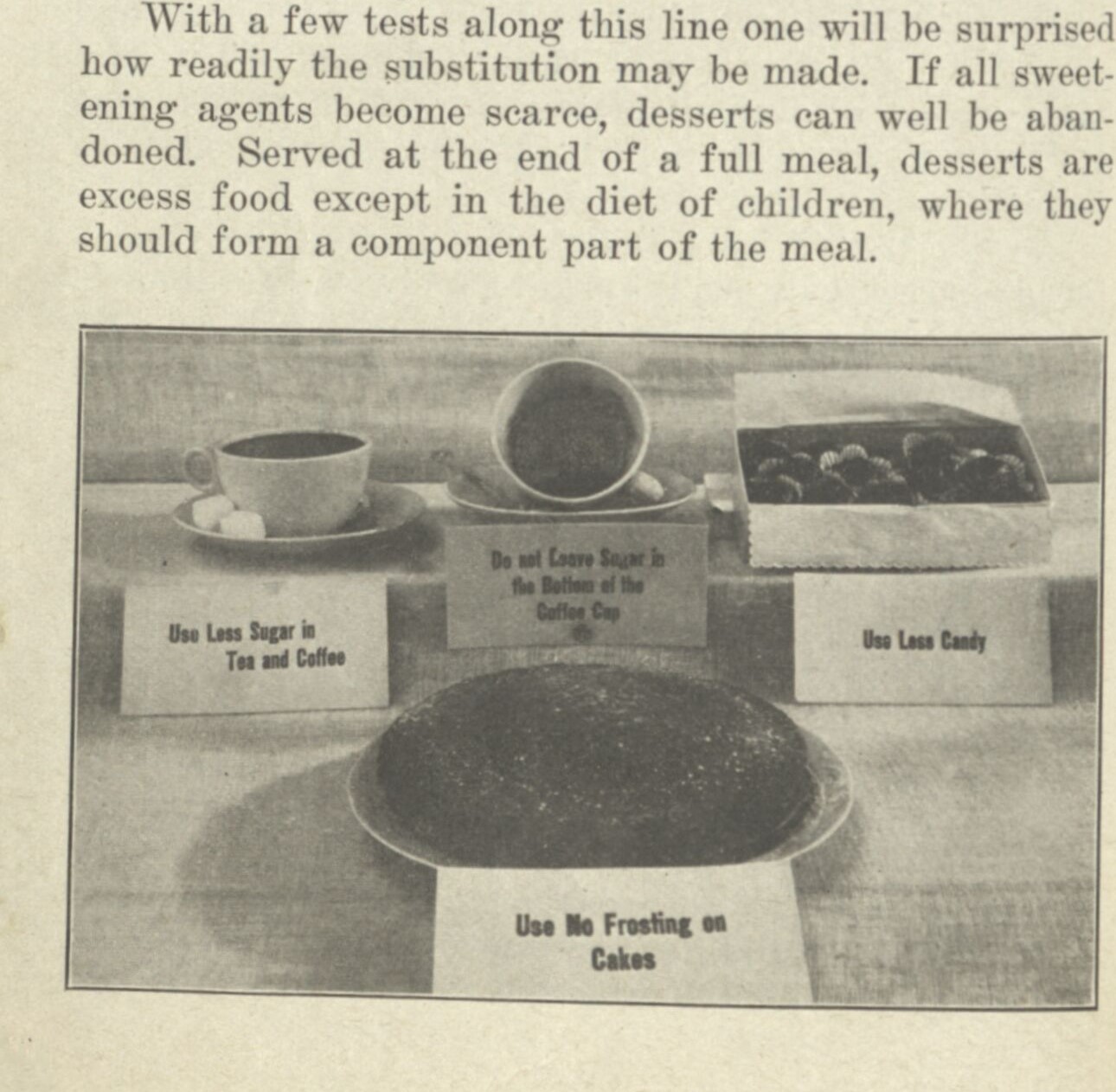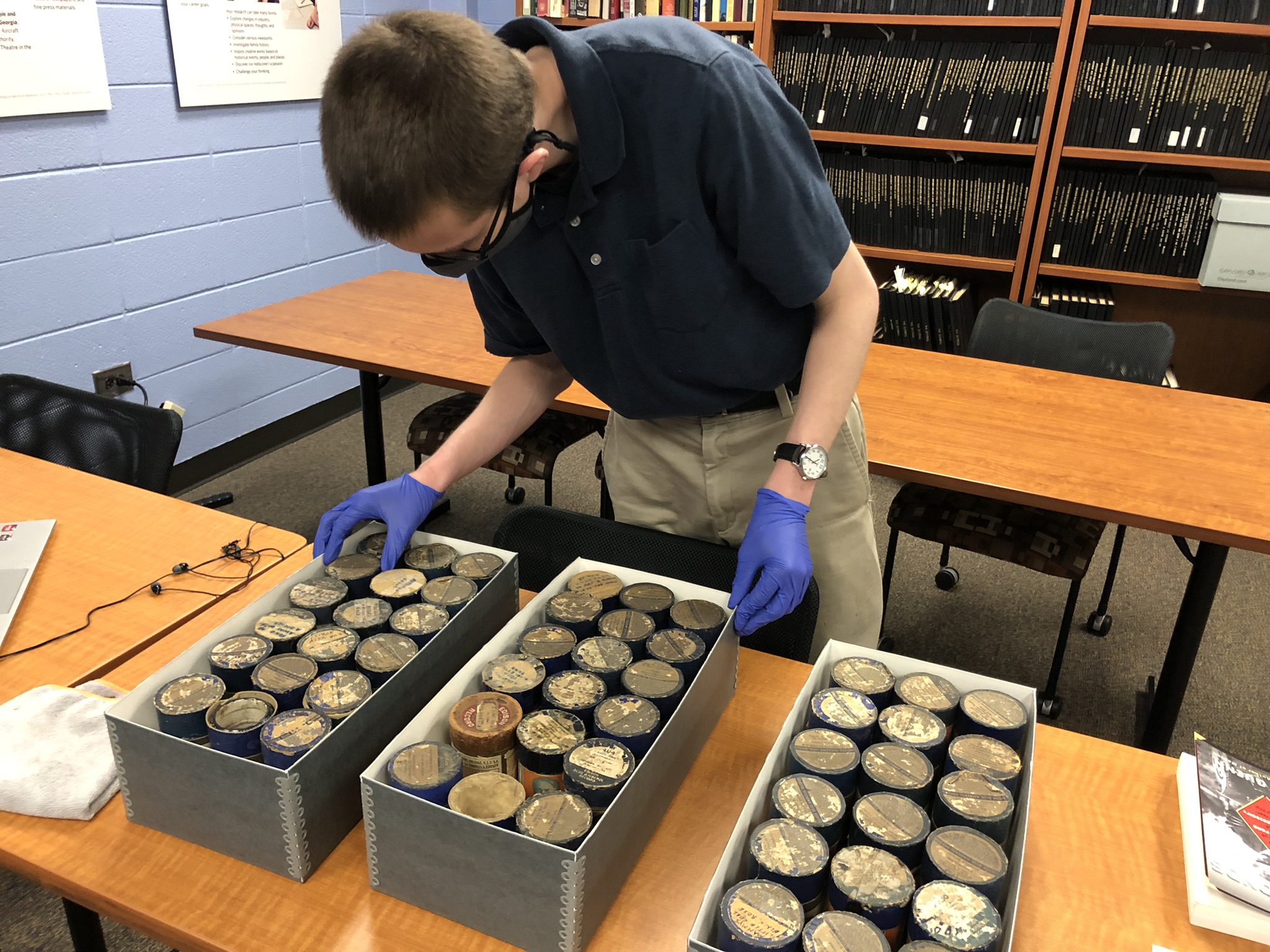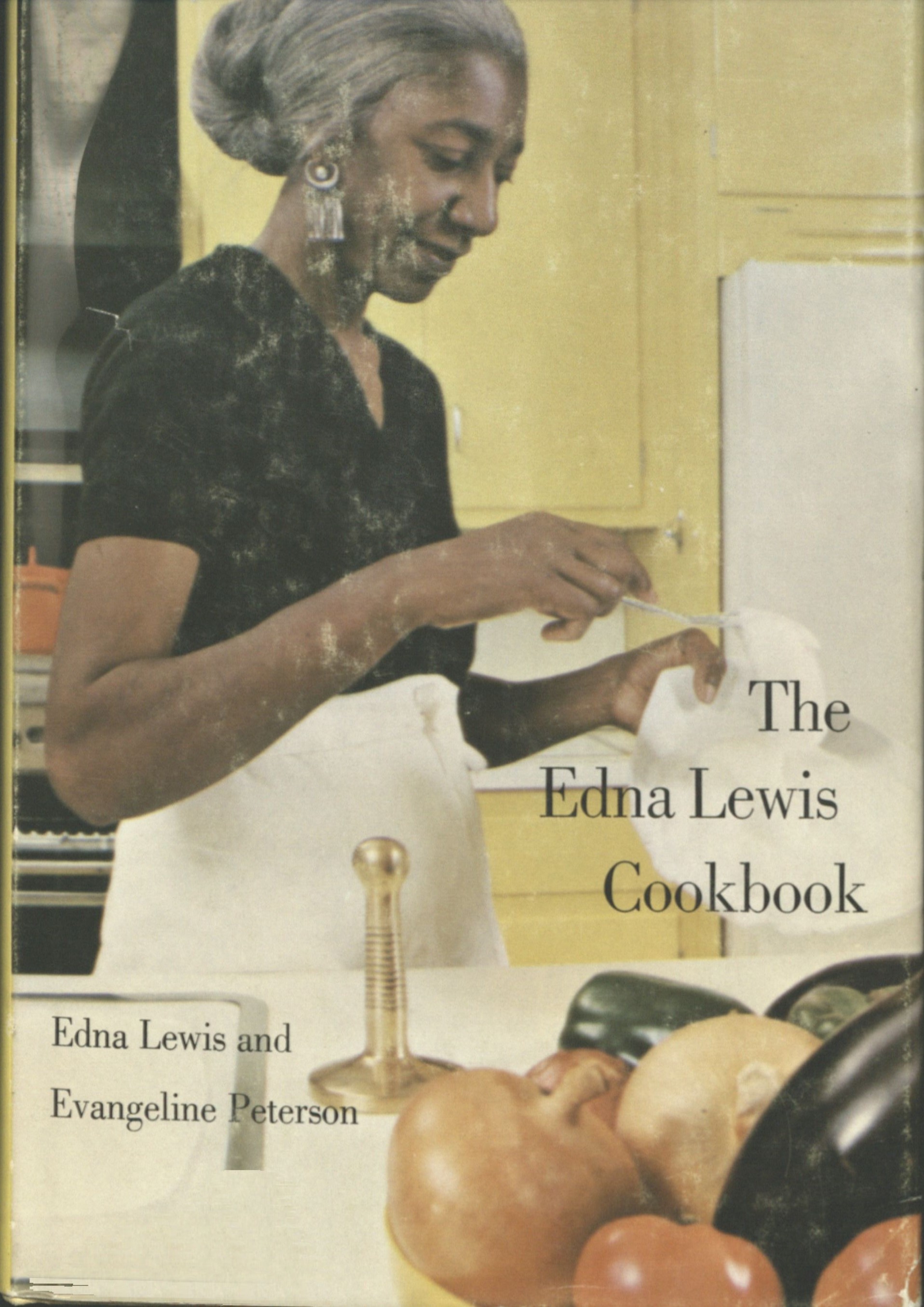
The Outhouse Bible and a Quest for Preservation
KENNESAW, Ga. | Apr 18, 2022
University Archives and Special Collections intern Hannah Coker talks about her rare book project involving a family Bible that was found - of all places - in an outhouse.
It is interesting to think about how many undiscovered objects of history there are around us, just waiting to be discovered. My grandmother bestowed onto me a personal quest involving the history of my own family; and the mystery behind an abandoned Bible in my great grandparents’ mountain outhouse.

“Judging a Book by Its Cover”: The first Pass
To honor my grandmother and late grandfather, I wanted to use the resources available to me through this internship to try to preserve this piece of my family’s history. To begin the process, I filled out a worksheet called "Judging a Book by Its Cover" This sets me up to be able to efficiently analyze the volume as a whole, and then by its pieces, to have a detailed account of the appearance and the contents of this volume. Describing the type of binding and style of the pastedowns, measuring the size of the volume, writing down the information on any title pages or chapters/sections, any illustrations, signs of usage (wear, tears, stains, etc.), and any pieces of information inside the volume that requires more research. This type of analysis is very in-depth and more often than not isn’t something that needs to be as detailed as what I have done. This is simply because archivists are constantly trying to tackle years worth of backlog, and cannot spend long periods of time on one volume/item. However, this worksheet I have been provided most definitely lays the foundation for a detailed first pass.
What I gathered in this initial pass are things such as the binding is leather and shows the signs very commonly found in dry, weathered leather bindings (red rot, discoloring, etc.). It has beautiful marble pastedowns that were very commonly found in 19th- and 20th-century volumes, and its large and heavy physical build tells us at first glance that this wasn’t a book that was carried around; it was a family Bible that held sentiment in the home. This assumption is backed by the discovery of inserted pages with family names, births, marriages, and deaths. This Bible was used as a memento of this family, my family! Noting these pages of personal information on the worksheet for future genealogical research was important to me, as my grandparents didn’t recognize the names. So I wanted to try and use some of my time to trace them.
The boards were completely separated from the text block, which was caused by the
missing spine. But even though the spine is missing, the pages are still fairly secure
for their condition. And other than the occasional rips and foxing stains inside,
this volume is in good condition for how it was stored and how old it is estimated
to be (19th century). Although by archival standards, it is in poor condition and
not something that would ever be considered for display or handling.
Condition Report and Surface Cleaning: Physical Analysis and Care
Once I’d taken a first pass through the Bible, I filled out a condition report. These reports help archivists and curators assess the physical condition of an item at any point in time. With this text, the most noticeable issue was red rot eating the leather binding, the lack of a spine and detached boards, and the foxing stains and discoloration on the boards and pages. As well as most pages have torn edges and surface dust and debris. Which led me to the next step of gloving up, masking up, and getting a soft goat-hair dusting brush and a foam book cradle to tackle the task of surface cleaning.

Preservation Plan: Saving History for the Future
After cleaning and placing any items I found in an acid-free envelope to preserve, bookmarking any marginalia, and compiling any information I want to research later; I sat down with my condition report and “Judging a Book by Its Cover” report to create a Preservation Plan. This preservation plan needs to include macro and micro-environment instructions for care. Macro-environment preservation instructions are things like keeping the volume on a stable shelf so many inches off the ground, keeping away from windows with direct UV light, rooms with drastically changing temperatures and humidity levels, and monitoring the environment for rodents and insects. Micro-level preservation refers to more targeted preservation measures, such as keeping the item in a phase box, surface cleaning it to prevent decay, tying the volume with linen to keep boards together, and digitizing select pages. There are many more environmental and item-level treatments rare volumes, manuscripts, and paper-based items need; however, for this volume and

Research and My Thoughts
Lastly, I took the list of things I wanted to research; names, places, publishers,
period book history/preferences, etc., and tried to find as much as I could. I was
the most excited to research the names of the people inserted into the Bible, as the
lack of knowledge my grandmother had about them and the idea that they could be my
ancestors, made this information very important to me. I was able to find all the
people listed in census records on Ancestry.com. They are from the

Historical research and the preservation of history is such a fun and fulfilling practice. I learned to rethink the way I value books. Antique or vintage items are not necessarily rare, and rare books are not always hundreds of years old. In the purest sense, a rare book is one where demand exceeds supply. Value, however, is not just monetary. This family Bible may not fetch a high market price, but its value to me and my family, and our history, far outweighs any potential profit (or lack thereof) that anyone else assigns to it. Even if you discover something that may not be valuable to others, the item is deserving of love and care if it has value to you.
















